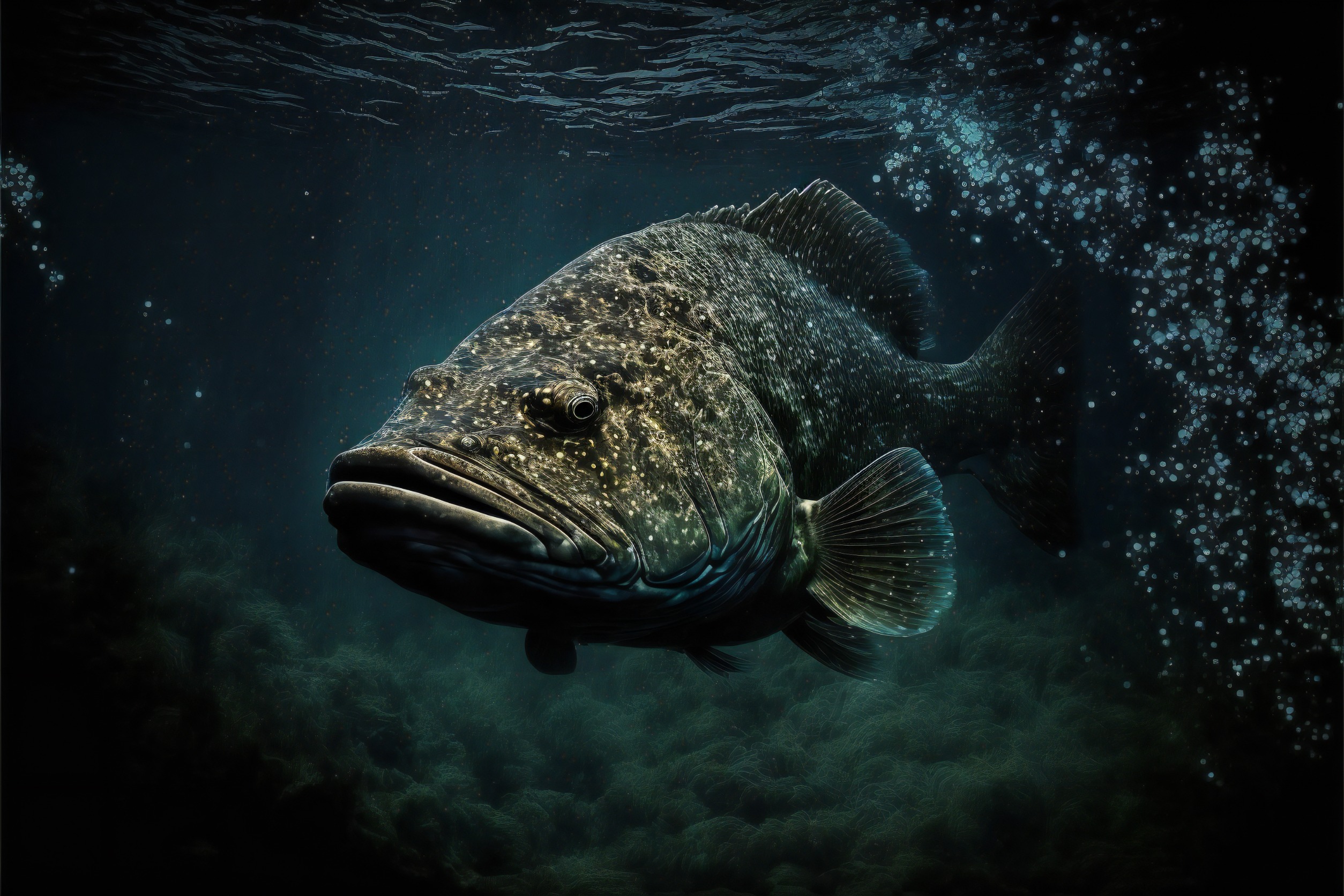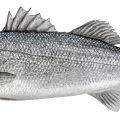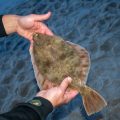Groupers, as opposed to hogfish, have enormous mouths. Hogfish muscles range from white to speckled brown to reddish, whereas grouper muscles are always white. Compared to grouper, the hogfish has an extremely long snout. We’ll explain some significant differences in this article.
Grouper versus Hogfish
Grouper
The Epinephelinae subfamily of fish includes groupers. There are 159 species of groupers in this subfamily, which are divided into 15 genera. The body and lips of groupers are robust. Their enormous bodies might weigh up to 100 kilograms and measure more than a meter long. They are unable to swim vast distances. Groupers are fish that hunt prey and have unique adaptation. They can suckle their target animal by employing their gill muscles to exert a strong force through their mouth. Groupers can swallow their prey but do not bite it. Its ability to wait for its prey to suck into its mouth and swallow rather than chase it makes them attractive.

Hogfish
The hogfish is distinguished by its protruding jaws, thick lips, strong canine teeth, and long, pig-like snout. The upper and lower tips of the caudal fin, as well as the first three spines of the dorsal fin, are all expanded into long filaments. Color varies greatly and shifts with size. A dark patch is at the base of the dorsal fins tail, and the back scales frequently have yellow edges, and with time, this spot will vanish.
Hogfish live in loose groups close to hard-bottomed regions like coral reefs, rocky ledges, and wrecks. Like most reef fish species, Hogfish are opportunistic feeders and consume everything that comes their way, even sessile or slow-moving snails, hard-to-crush clams, or urchins.

Scientific Classification
| Scientific Classification | Grouper | Hogfish |
| Kingdom | Animalia | Animalia |
| Phylum | Chordata | Chordata |
| Class | Actinopterygii | Actinopterygii |
| Order | Perciformes | Labriformes |
| Family | Serranidae | Labridae |
| Binomial Name | Epinephelinae | Lachnolaimus maximus |
Appearance
Grouper
-
- Color: brown, yellow, red, black, green.
-
- Skin: Type- Scales
-
- Most Distinctive Feature: A robust body and a huge mouth
-
- They possess lengthy dorsal fins.
-
- Their bodies were covered in tiny dark patches.
-
- Their pelvic fins are smaller and more angular than their pectoral fins.
Hogfish
-
- The dorsal fin’s first three spines grew significantly longer.
-
- A black spot near the dorsal fin’s tip
-
- The body is deeply and firmly squeezed.
-
- Adults have a longer snout.
-
- Long upper and lower lobes on the tail
-
- Speckled with different colors, fading over time.
Behavior
Grouper
Groupers live in solitude, and a recently introduced grouper may be cautious and prefer to hide behind rocks. As they develop confidence, they’ll spend most of their time calmly swimming about the tank’s middle levels in search of food. They are substantial predatory fish with exceptional self-defense skills and should only be housed with large, aggressive species. It will eat any little fish or insects.
Hogfish
Hogfish frequently stay on open bottoms or coral reefs. They may prefer depths between 10 and 100 feet (3–30 meters). They enjoy gathering in small groups and hanging out at the reef’s edge. Hogfish frequently gather near areas with hard sand and rock bottoms to locate smaller fish to eat. They are not often caught on hook and line because they prefer to bury themselves in the silt for tiny meals.
Taste
Grouper
One of the fish with the best flavor is the grouper. Its meat is appropriate for various meals because of its solid structure and sweet flavor. To put it simply, grouper tastes like black sea bass. Grouper is common in certain areas where they are prevalent in the waterway. The majority of restaurants and your local fish stores carry this saltwater fish. Whether you’re seeking a sandwich or a barbecue, grouper is the answer. Its delightful flavor fills your stomach and gives your body the necessary nutrients. Other than raw, grouper is delicious in all forms.
Hogfish
Hogfish is a rare fish that can be prepared in various fun ways. The meat of this fish is incredibly tender and practically melts in your mouth. One of the factors contributing to the meat’s moisture is the conversion of the cholesterol in the meat to pure fat, which also adds to the flesh’s oiliness and moisture. Whether you prepare it at home or order it at a restaurant, hogfish is one of those delicacies that will have you gushing about how amazing it tastes.
A hogfish is a tempting option when looking for a fish that is slightly different from what they usually eat but still loves seafood. Hogfish, which likewise shares these characteristics, has a delicate, crumbly texture similar to that of scallops. Due to its subtle sweetness, you won’t have an unpleasant aftertaste after eating this flavor. People who prefer a milder flavor should choose this fish because it has a more significant fat content than other varieties.
Facts to Know About Grouper
-
- Group Behavior: Solitary
-
- Prey- Other fish, sea turtles, small sharks, crustaceans, octopuses, and zooplankton
-
- Biggest Threat- Overfishing, habitat destruction
-
- Habitat- Tropical and subtropical seas
-
- Diet- Carnivore
-
- Lifespan- 11-100 years
-
- Length- between 10 to 12 inches and 8.2 feet
-
- Fun Fact- Many groupers can change their sex, which is always female to male.
Facts to Know About Hogfish
-
- Hog snappers is another name for them.
-
- They are so named for their snouts.
-
- They can grow to be quite large fish.
-
- The eyes on this fish are amazingly vivid.
-
- The majority of newborn hogfish are female.
-
- Their young are connected to seagrass beds and are mainly found offshore in ledges, reefs, and rocky bottoms.
-
- Hogfish can grow to a maximum total length of 3 feet (0.91 m) and a maximum weight of 22 pounds (10 kg).
-
- A hogfish’s lifespan can reach 11 years.
-
- They require our assistance.
Conclusion
Groupers belong to the family Serranidae, which inhabits warmer waters. In contrast, hogfish are members of the Labridae family. They differ significantly in a few important ways, as follows:
-
- Hogfish, which are sweeter than grouper, provide the ideal flavor and textural balance.
-
- Hogfish are uncommon, although grouper is a prevalent fish.
-
- They are both carnivorous fish.
-
- Grouper is less expensive than hogfish.
We have identified some significant disparities between grouper and hogfish. Thanks to this article, you should now be better able to distinguish between a grouper and a hogfish.











